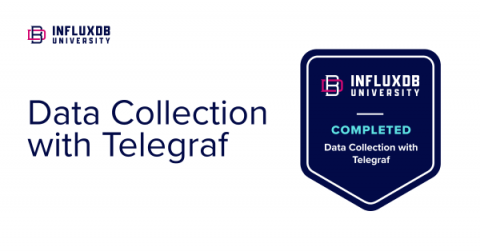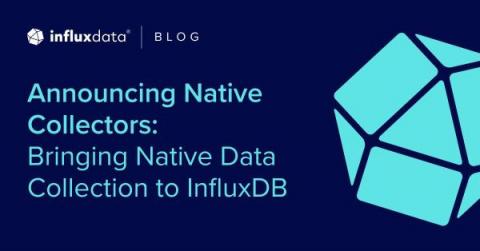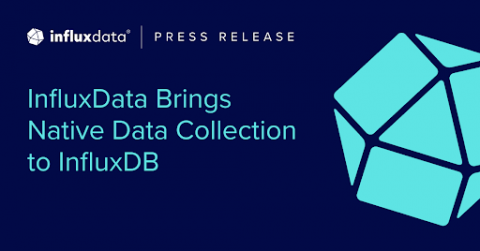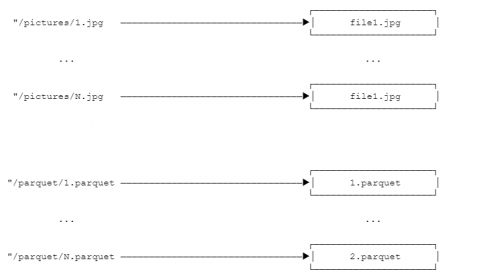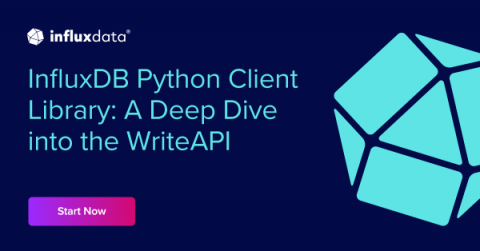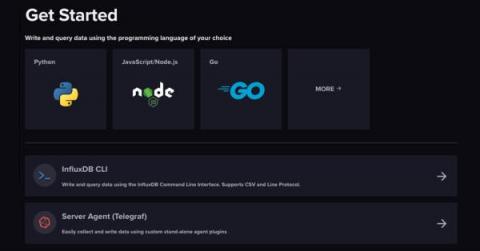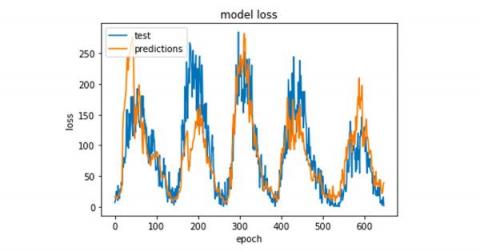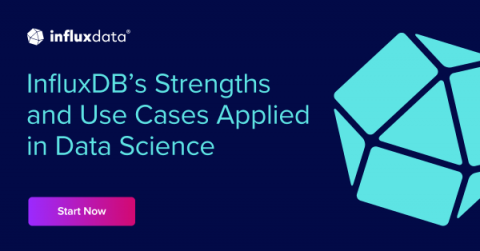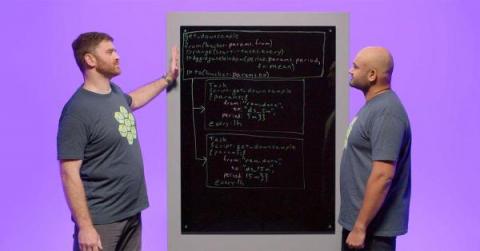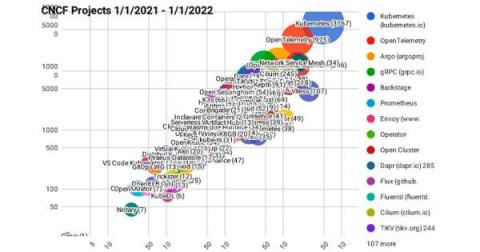Telegraf Tips from InfluxDB University Experts
Telegraf is a very powerful open source plugin-based agent that gathers data from stacks, sensors, and systems and sends it to a database. It collects data from an input and sends it to an output, and gives you the option to transform data with aggregators and processors before it reaches its endpoint.


